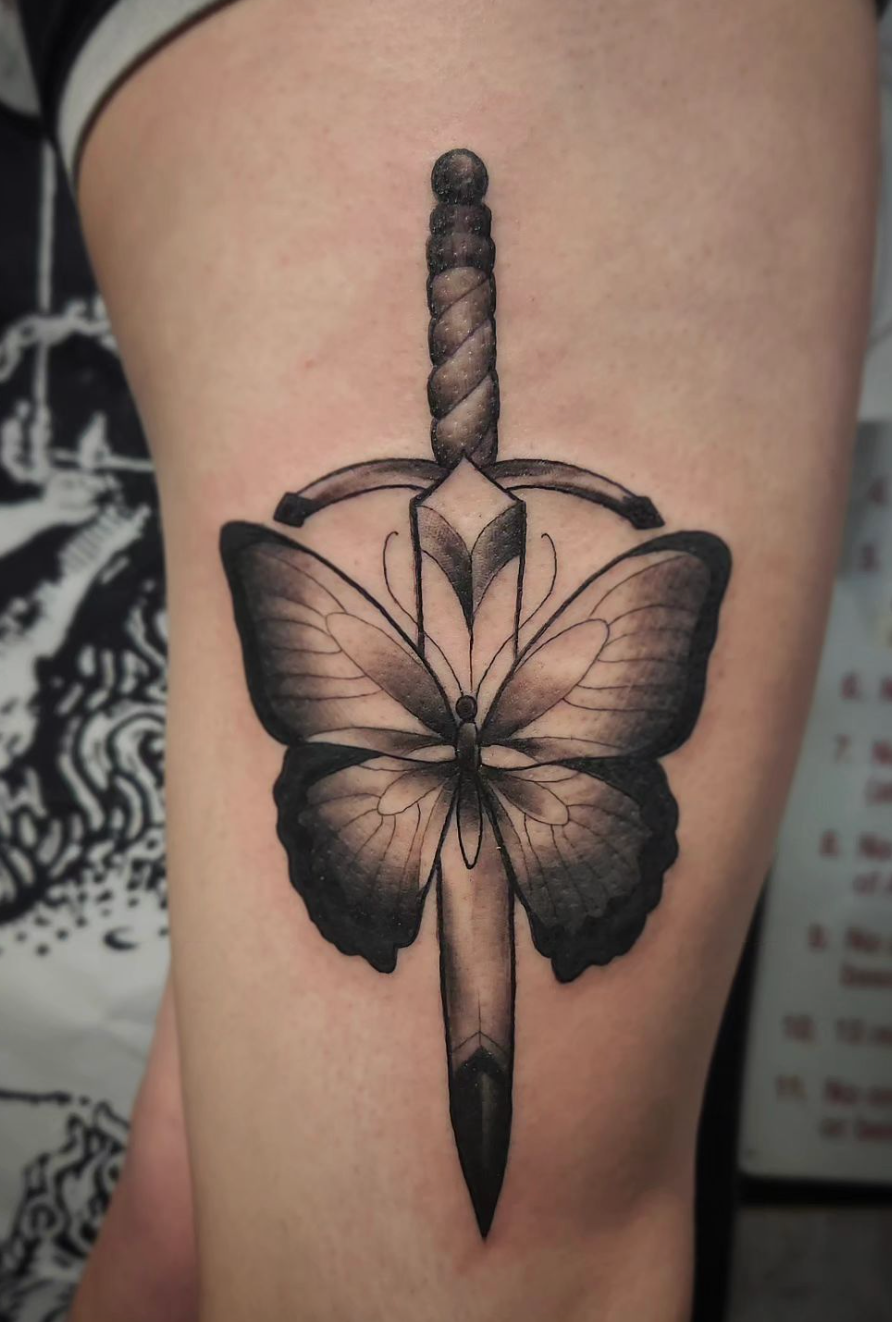Queer Tattoo Symbols and Their Meanings
- Memphis Mori

- Feb 11
- 3 min read

Here’s a comprehensive list of tattoos commonly associated with the queer community and their meanings. These designs have served as symbols of identity, pride, solidarity, and resistance.
General LGBTQ+ Symbols
Rainbow Flag
Represents diversity and unity within the LGBTQ+ community.
Each color has a specific meaning (e.g., red for life, orange for healing, etc.).
Equality Sign (≠ or =)
Symbolizes equal rights for LGBTQ+ individuals.
Lambda (λ)
Originally a symbol of the Gay Activists Alliance in the 1970s.
Represents unity and resistance.
Triangular Tattoos
Pink Triangle: Reclaimed from its use in Nazi concentration camps to label gay men, now a symbol of pride and resilience.
Black Triangle: Represents lesbians and feminist resistance, also reclaimed from its oppressive origins.
Double Venus or Mars Signs (⚢/⚣)
Represents lesbian (double Venus) or gay male (double Mars) relationships.
Intertwined Gender Symbols
Often used to signify diverse gender and sexual identities.
Lesbian-Specific Symbols
Nautical Star
In the 1940s–1950s, some lesbians tattooed nautical stars on their wrists as a discreet symbol of their identity.
Labrys
A double-headed axe representing lesbian strength and empowerment.
Historically tied to matriarchal societies and adopted in the 1970s lesbian feminist movement.
Violets
Inspired by Sappho’s poetry, violets symbolize lesbian love and desire.
Lilies
Associated with the purity of lesbian love, often combined with other LGBTQ+ symbols.
Gay Male-Specific Symbols
Green Carnation
Associated with Oscar Wilde, a subtle nod to gay male culture in the 19th century.
Leather Pride Flag
Represents the leather and kink communities within gay culture.
Often incorporated into tattoo designs with hearts or stripes.
Bear Paw
Represents the bear subculture within the gay male community, symbolizing strength and ruggedness.
Bisexual Symbols
Pink, Purple, and Blue Triangle or Bands
Represents the bisexual pride flag and the spectrum of attraction.
Interlocking Triangles
Signifies the connection between male and female attraction.
Transgender Symbols
Blue, Pink, and White Bands
Represents the transgender pride flag.
Butterfly
Symbolizes transformation and the journey of self-discovery.
Intersex-Inclusive Transgender Symbol
Combines male (♂) and female (♀) symbols with an open circle to represent non-binary identities.
Queer Symbols
Prism
Represents the spectrum of sexuality and gender identities.
Starburst
Symbolizes individuality and the diversity within queer identities.
Spectrum Tattoos (Lines or Shapes)
Represents inclusivity and the fluidity of gender and sexuality.
Other Symbolic Imagery
Phoenix
Represents rebirth, resilience, and the overcoming of struggles often faced by LGBTQ+ individuals.
Anchor
Symbolizes safety, stability, and finding a safe harbor in queer communities.
Feathers
Represent freedom and breaking free from societal constraints.
Unicorn
A playful and whimsical symbol often associated with LGBTQ+ pride and uniqueness.
Cherries
Historically used within the gay community as a playful and flirtatious symbol.
Rebellious or Resistance Tattoos
Barbed Wire
Represents struggles and survival, often tied to overcoming discrimination or oppression.
Lightning Bolt
A nod to radical activism, representing power and change.
Flame
Symbolizes passion, activism, and resilience.
Broken Chains
Represents liberation and breaking free from societal norms.
Modern & Abstract Symbols
Geometric Shapes
Abstract designs with triangles, circles, and lines to represent inclusivity, balance, and connection.
Wave Patterns
Often symbolize fluidity and adaptability, reflecting the spectrum of identity.
Line Work Arrows
Arrows pointing in multiple directions symbolize the fluidity and intersectionality of identity.
Pop Culture-Inspired Designs
Babadook
Reclaimed as a queer icon and a playful nod to camp culture.
Rainbow Lightning from Harry Potter
Symbolizing individuality and queerness within a magical context.
Drag-Inspired Designs
Features inspired by drag queens (e.g., lashes, high heels, or wigs) as a celebration of queer artistry.








Comments